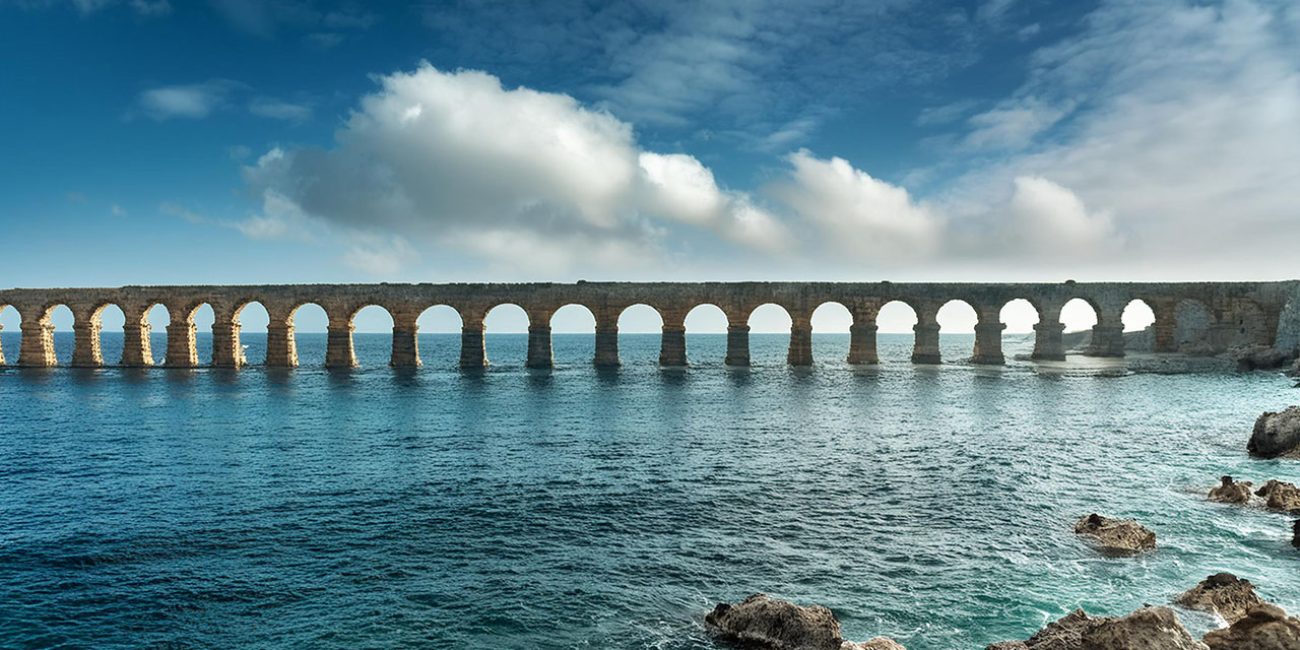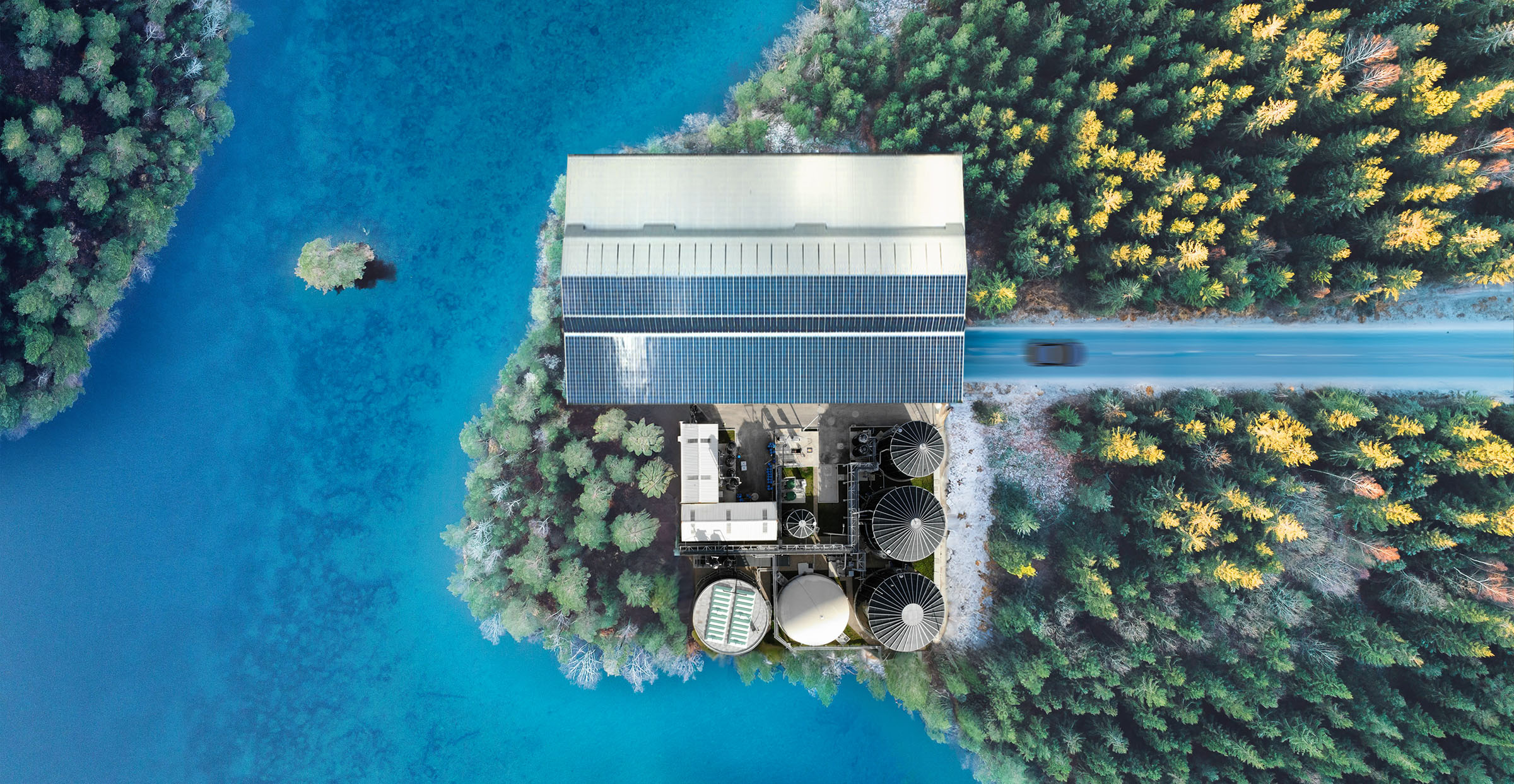CarbonBlue’s COP28 Commitment
Last week, COP28 – the UN Climate Change Conference – kicked off in Dubai.
The UN’s climate change conferences have led to some of the most important steps we’ve taken collectively as a species towards combating the climate crisis. The IPCC, the world’s leading research authority on climate change, was founded as a result of COP, and COP’s 21st session led to the Paris Accords – the international understanding and commitment to reduce our climactic footprint and stay below 1.5 degrees of global warming.
This year’s COP is especially important, as it is focused on moving “from Agreement to Action.”
What does this mean? It means that we know the facts, we have the science to understand them, and that the question is no longer what climate change is, or whether we should do anything about it, but rather how do we address it in the best, most effective ways possible.
Now all that is left is for the world’s nations to commit, and pledge to take action based on these understandings.
CarbonBlue works as a part of the global community tackling the climate problem. Many important players within this community are developing the science needed to understand climate change, while others deal with policy, legislation, funding and public outreach. For us, this COP’s focus on action aligns completely with the responsibility we’ve taken upon ourselves in our corner of the climate community; providing the world with the technological means to ensure a better, safer future for our planet.
And there’s a lot to be done. If we look at the IPCC’s data, the picture it paints is clear: we must reduce our global emissions down to the bare minimum, and begin clearing our atmosphere of the excess CO2 it is already oversaturated with.
But looking at the problem unflinchingly also confronts us with a seemingly bleak reality. Even if we were to magically eliminate all of our emissions today, the CO2 that has already accumulated in the atmosphere will continue to drive climate change for years to come. Therefore, we need not only to reduce our CO2 emissions, but we also have to remove CO2 that is already in the atmosphere, and on a grand scale: According to the IPCC, an average of 10 billion tons per year, which is roughly the global cement, steel, and oil industries’ annual mass outputs combined, will need to be removed each year from the present till the end of the century.
To mitigate the adverse effects these massive CO2 emissions have on our environment, the common wisdom states that we need new, better, environmentally-conscious infrastructure; green energy, green fuels and more efficient practices in every aspect of industry and personal lives.
This is true, essential, and unavoidable – but it’s not enough.
Removing 10 billion tons of anything is a herculean undertaking. Just for scale, the global cement industry produces a mere 4 billion metric tons of cement each year; that’s all of the cement used in all construction projects worldwide, and then some. This is a number which may be difficult to grasp, so just for scale, an annual 4 billion metric tons equal roughly 1.6 billion Teslas a year in weight – enough to give every Indian citizen a new Tesla every year.
To begin capturing CO2 at such a massive scale, we need infrastructure capable of dealing with these nearly-astronomical figures.
When CarbonBlue was first envisioned, it was with the understanding that to reach our climate goals, any viable carbon capture technology will have to rely on existing infrastructure in some way, since building new infrastructure to deal with the scales at hand is not feasible if we are to do it in time to make a meaningful impact.
It is this realization that has led us to invest in water and water-based infrastructure.
If you drive fifteen minutes south from the CarbonBlue labs in Maagan Michael along the coast, you’ll come upon the remains of a Roman aqueduct. About thirty minutes north, you’ll find more millennia-old aqueduct ruins, as well as to the east, well into Jordan. To the west, the first mass of land you’ll come across, sailing over the Mediterranean – Cyprus – is also riddled with the Roman ruins of this ancient water supply system. It’s safe to say that water infrastructure is the most ancient, most expansive, and most necessary foundation for any human activity at scale.
Water infrastructure has paved the way for human civilization to grow and expand, and to subsequently develop ever more complex and complicated technologies; from agriculture to steel and cement production, and ultimately the machinery which has shaped our modern way of life – the steam engine, a machine which we now know is not only a means to provide industry to the masses, but which is also a part of extremely effective mechanism for releasing CO2 into the atmosphere and heating up our planet.
Wherever there are people to be found, water necessarily must follow – usually in pipes.
Today, the total volume of global wastewater discharge alone is estimated at around 400 billion m3/year.
If we could take any water pipe and turn it into a carbon capture mechanism, we would be well on our way to reaching the scales needed to make a dent in the climate crisis. To paraphrase Archimedes – give us a pipe long enough, and we’ll be able to save the world.
As the COP28 summit begins to take shape and make progress in Dubai, world leaders and policy makers will be looking to innovators, scientists, engineers, and activists of all kinds for tools and plans which will help them – and us – reach our global climate goals.
CarbonBlue’s COP28 commitment is that by COP29, we will have a mature technology capable of bringing all of us closer to these goals, ready and waiting to take action.


